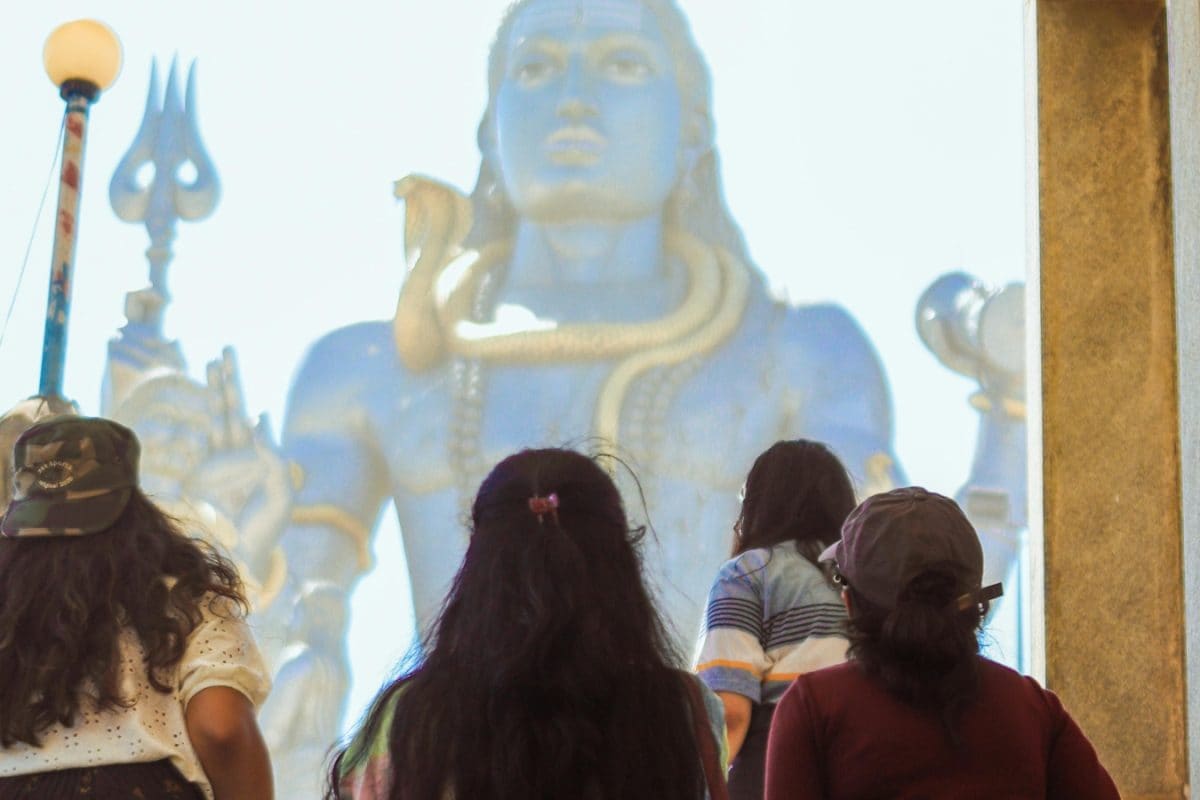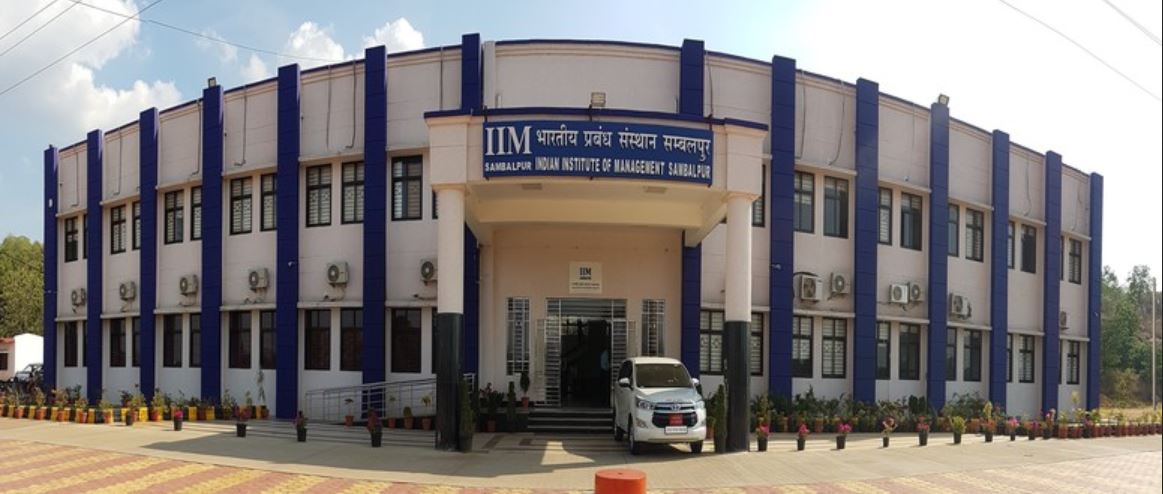GM Students exploring Asurgarh in Barpali

To ascertain the evolution and cultural sequence of Asurgarh, an urban settlement site, in Barpali of Bargarh district, the School of History of Gangadhar Meher University (GMU), Sambalpur has started excavation at the site, located under Gopeipali Gram Panchayat, around 4 kilometers from Barpali.
By now the team of at least 55 PG and PhD students of the department under the supervision of Assistant Professor and director of the excavation, Atul Pradhan has already excavated 40 centimeters from the surface.
Pradhan said, while there are a number of Asurgarh in Western Odisha besides in Chhattisgarh, which are important early urban centres, they continue to remain unexplored even today. This is for the first time an Asurgarh in Barpali area of Bargarh district is being excavated and it is a great opportunity for the department.
Explaining further he said Asurgarh is an urban settlement site with a double moated and double forted structure. It is a mud fort site, which is an usual feature in this region. “We have started the excavation after getting the due permission and a license from the Government of India. The objective of exercise is to find out how old the Asurgarh is and trace out its evolution, nature of habitation, town planning and how it was abandoned and also ascertain the cultural sequence of the site,” Pradhan said.
“We are adopting the horizontal excavation method since we have sufficient time. Using the grid pattern excavation technique, we have chalked out trench layouts and divided it into quadrants for systematic excavation. We will excavate about one meter from the surface at this site. We will continue the excavation till arrival of monsoon,” he informed.
In the last few days of excavation, the team has recovered some ancient bricks, pottery, ceramics and fragmented coins. During the excavation trial they will be able to find out more about the culture, customs and the inhabitants besides determine the age of the structure.
The Asurgarh at Narla was excavated by the Archaeological Survey of India and it was found to be a 6th Century BC urban settlement.
Related
This site uses Akismet to reduce spam. Learn how your comment data is processed.






 IIM Sambalpur
IIM Sambalpur
Leave a Reply